
OR
Travel Diaries
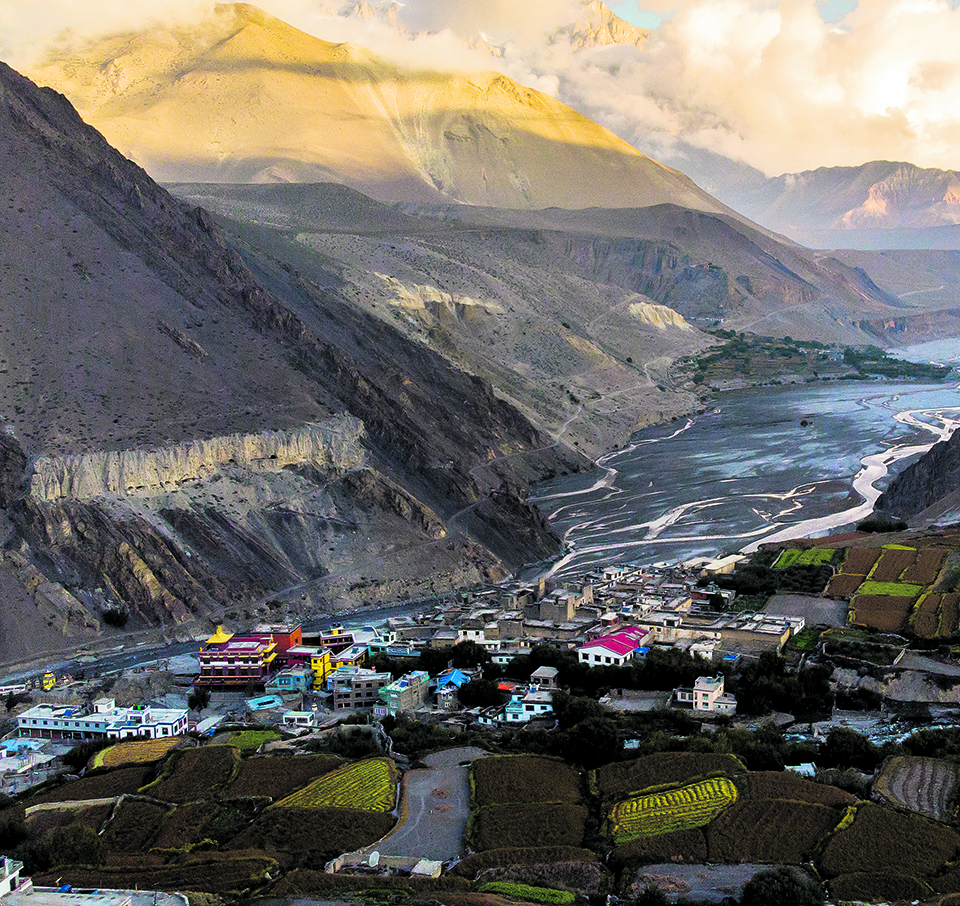
One of their most notable works is the documentary they did on the honey hunters of Nepal. Titled “Mad Honey Hunters of Nepal”, the documentary sequentially outlines the process and the struggles of the tribe of honey hunters in Lamjung who have harvested the “red honey” for over 200 years.
The documentary can be viewed on “‘Nepal’ 8th wonder of the world’s” channel on YouTube.
Lomash is on the road for the most part of the year and his work has taken him to different parts of the country and beyond – Ladakh, Kashmir, Poonhill, the northern and western parts of Nepal. But as a child, he never imagined that he would have become such an extensive traveler as an adult. In fact, Lomash had dreams of making movies, science fiction movies at that. Travel videos were unfamiliar territory for him.
Because he loved action movies, Lomash chose to study filmmaking at Islington College and it was here that he really began to make travel-related videos. It was also here that he met his band of friends with whom he would later go on to start 4 A.M Productions. Because he was assigned projects that compelled him to travel, he took traveling as something that came with the job. Being so invested in traveling was never the intent. “But I suppose once you travel, you can’t not travel more. The more you see the more you want to see,” he says.
From riding bikes for 25 hours straight to thinking of Maggi as the world’s best dish (maybe it was the ride), Lomash has had great experiences and has one too many stories to share. With 4 A.M Productions, he has plans of making more documentaries and travel videos. One day though, he is sure he will make a sci-fi movie.
Ladakh, the most memorable
A sporting event took Lomash to a motorbike adventure in Ladakh and Kashmir. He was commissioned to shoot the entire event through the hills and travel with the bikers. Over a span of ten days, the team biked over 2200 kilometers and this, Lomash says, was the most thrilling ten days in his entire life.
Although they share the same chain in the Himalayas and have their own share of mountains, Kashmir and Ladakh had a different vista to offer altogether. Wherein Nepal, Lomash appreciated the large and mighty mountains, in Kashmir he loved the deep valleys and snow tips of the slightly smaller mountains.
From Manali to Nubra Valley in Ladakh, Lomash and his travel companions hired bikes for the journey. Their fuel tanks, however, emptied midway and they were told the closest petrol station was either 30 kilometer ahead of the point they were stuck at or 50 kilometer back the way they came from. It was seven in the evening. Pushing their bikes they went around asking locals for a solution and they would have been left stranded through the night with no food and shelter if one of the locals hadn’t offered to ride them and their bikes to the closest petrol station.
Their tanks were filled but there still remained the question of where to sleep and, more importantly, what to eat. Carrying food hadn’t been a priority and there were no signs of habitation anywhere. So they came upon a teashop and explained their predicament to the stall owner. The owner in turn cooked them some Maggi and another passerby offered them to spend the night at his house. “The community was predominantly Muslim and even though they barely knew us, the people really treated us with kindness. It was also the best Maggi I had ever had,” says Lomash.
The charm of homestays
Lomash particularly treasures times when he gets to live in homestays. Homestays, he claims, is the best way to learn about a new place and the people who live there. In Bardiya, it’s the Tharu people, in Mustang it is the Bon’s and in Ghandruk a Gurung homestay is the way to go. From the bedding to the plates, everything is typical to their cultures and you feel much more welcome there. “It’s like you’re invited into a home and not into a room than has a bed and also serves food,” he says.
Eating the ‘Anadi’ rice (cooked in earthen pots) and Dhikri with the Tharus, sleeping under straw roofs, Lomash has now learnt to look for homestays in all of his travels. Another advantage of homestays, he says, is the access to internal information. It was this information that led them to discover a tree house in Bardia National Park near the buffer zone. Built by a guide who worked as a hunter in his youth, the house was two storey tall and ideal to view rhinos and tigers. Straining their eyes for hours, they saw a rhinoceros a couple of few meters away and were able to take really good close-up shots of it.


You May Like This
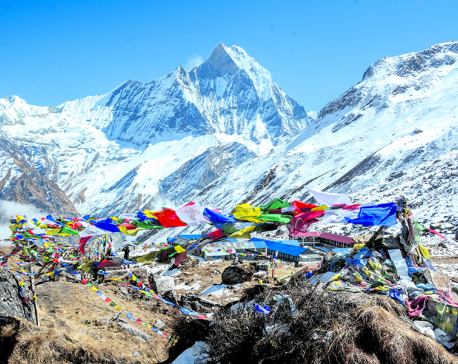
Fun is where the road is
The first time Pratik Poudel saw a camera drone was when he was in his second year of BBA at... Read More...
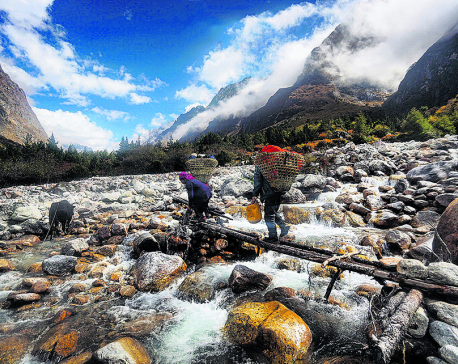
65 and counting
Mohan Duwal has been to 65 districts in Nepal and he plans to make it to all 77 before this... Read More...

Traveling To Escape
Rakshya Shrestha attests to being studious. She did well in school and chose to study mechanical engineering. Although she loves... Read More...
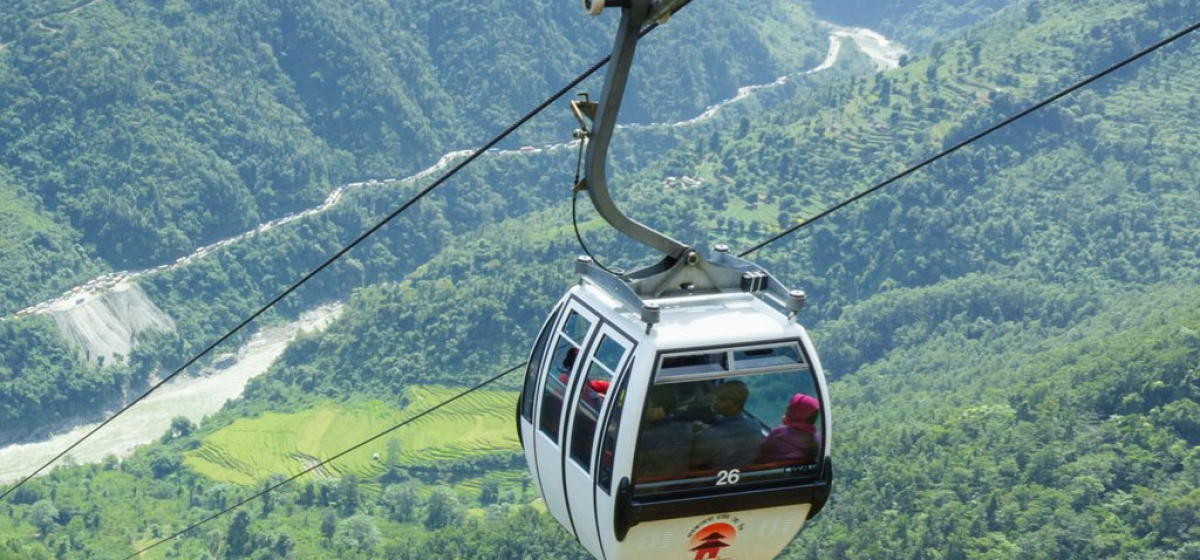


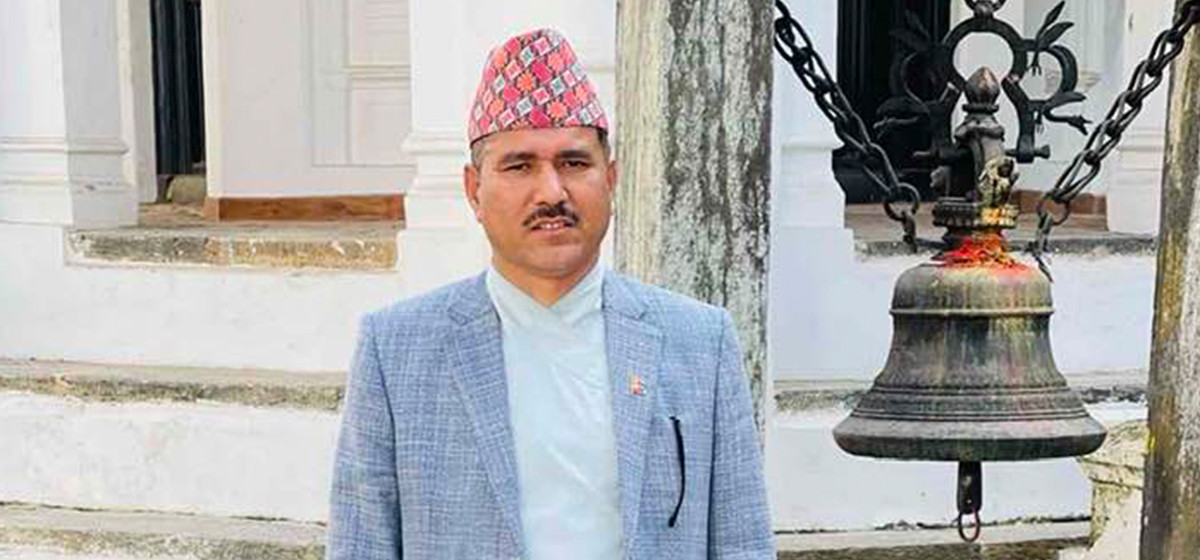
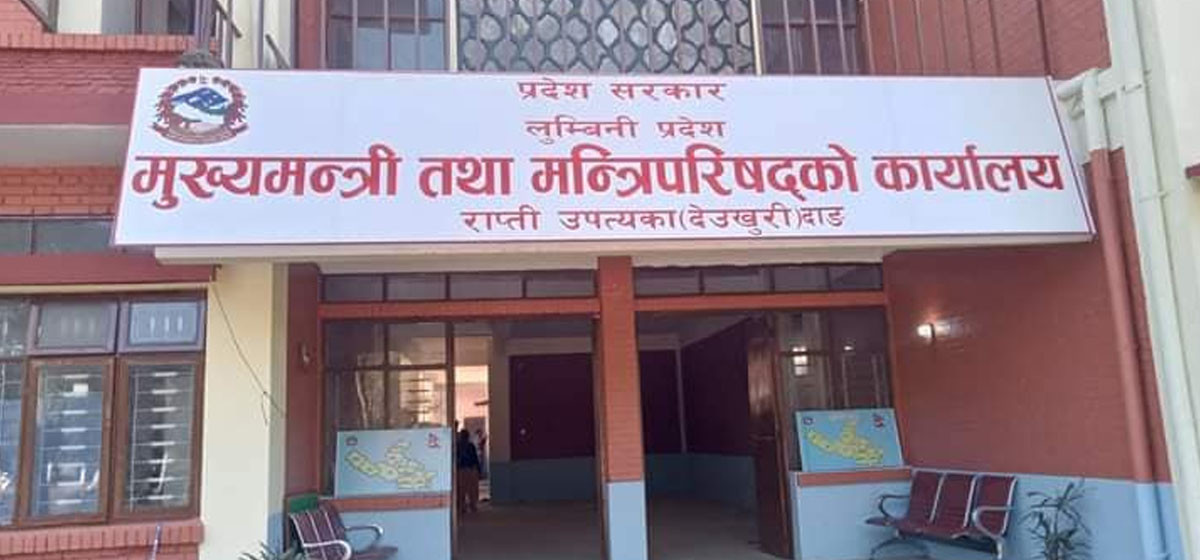
Just In
- NEPSE nosedives 19.56 points; daily turnover falls to Rs 2.09 billion
- Manakamana Cable Car service to remain closed tomorrow
- Nepal govt’s failure to repatriate Nepalis results in their re-recruitment in Russian army
- Sudurpaschim: Unified Socialist leader Sodari stakes claim to CM post
- ED attaches Raj Kundra’s properties worth Rs 97.79 crore in Bitcoin investment fraud case
- Newly-appointed Auditor General Raya takes oath
- CM Mahara expands Cabinet in Lumbini Province
- FinMin Pun addresses V-20 meeting: ‘Nepal plays a minimal role in climate change, so it should get compensation’












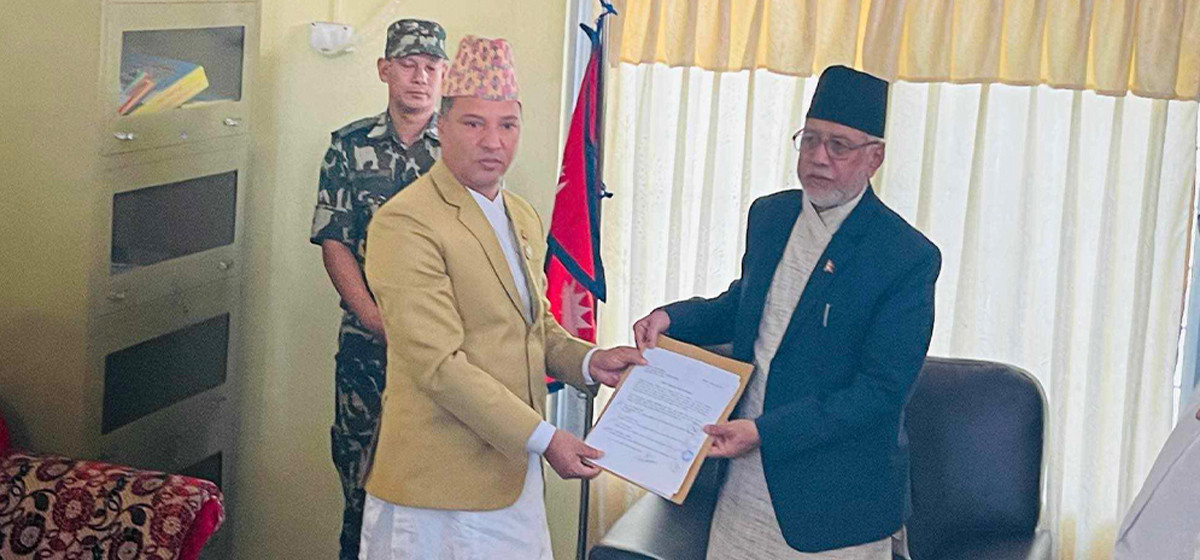

Leave A Comment